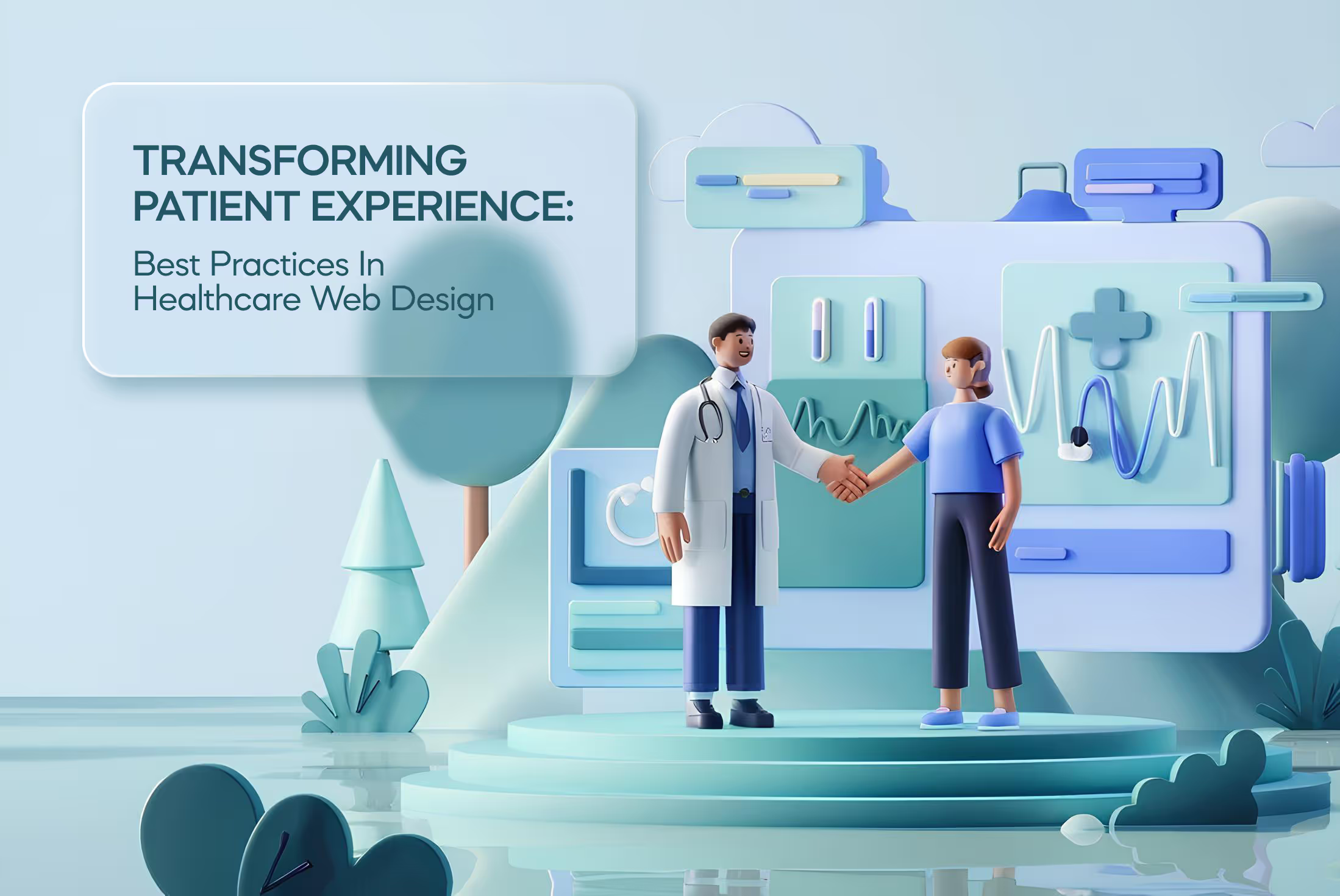What is a Landing Page, and How Does it Boost Your Conversion Rate?

The Essentials of a Landing Page
A landing page isn’t just another webpage – it’s a carefully crafted experience meant to drive action.
Whether it’s getting someone to sign up for a newsletter, download an e-book, or make a purchase, a landing page guides visitors to do something specific.
To illustrate, let’s look at the landing page we designed for RCVR. The moment you arrive, the sleek, data-focused visuals paired with a concise and compelling message capture your attention.

The layout directs users seamlessly to a single goal: engaging with RCVR’s solutions to enhance efficiency.
But here the question arises:
What makes a landing page different from a regular website page?
It’s laser-focused. Unlike a homepage, which has many links and navigation options, a landing page usually has just one call to action (CTA). It cuts out the noise and directs visitors toward one goal.
Conversion Rates
So, why does all this matter? It’s because of conversion rates.
The conversion rate is the percentage of visitors who complete the desired action on your landing page. If 100 people visit your page and 10 of them sign up for your service, your conversion rate is 10%.
From here, it is obvious that the higher that percentage climbs, the more your landing page is doing its job.
But improving conversion rates isn’t just about luck – it’s the perfect blend of design, psychology, and strategy that transforms interest into action seamlessly.
How Landing Pages Turn Visitors into Customers?
Landing pages work their magic in several ways:
• Focused Messaging: By focusing on one clear message and action, landing pages cut through the noise and guide visitors exactly where you want them to go.
• Visual Appeal: Studies show that 38% of people will leave a page if the layout isn’t appealing. A visually stunning landing page holds attention, keeping visitors engaged long enough to take action.
The Hey.md landing page exemplifies this through its sleek design and empathetic visuals, thoughtfully crafted to capture visitors’ attention using the same strategic approach we apply to our projects.

But it doesn’t stop there. To build trust, we incorporated clear messaging and strategically placed value propositions, boosting credibility and reassuring visitors as they make decisions.
Now, let’s look at a few more key features of an effective landing page:
• Trust Elements: Professional branding and well-placed value propositions subtly create a sense of credibility and reliability.
• Quick Loading Time: According to Google, as page load time stretches from 1 to 3 seconds, the probability of bounce increases by 32%.
Fast-loading landing pages, however, grab visitors' attention like a page-turner, keeping them engaged and exploring your content.
The A/B Testing Trick
One secret to boosting conversion rates is A/B testing. This means creating two versions of your landing page with slight differences (like the color of a button or the wording of a headline) and seeing which one performs better. It’s a powerful way to refine your page and increase conversions.
For example, a small tweak like changing a CTA button from “Sign Up” to “Get Started” could make all the difference.
In one case, a company saw a 21% increase in conversions just by changing the color of a button from green to red.
Conclusion
In the end, a landing page is more than just a part of your website – it’s a conversion tool that turns interest into action.
As the saying goes, “You never get a second chance to make a first impression.” Whether you’re promoting a product, growing your email list, or driving sign-ups, a strong landing page ensures your first impression counts, guiding visitors from curiosity to conversion.
And if creating one – or even your entire website – is on your mind, we’re here to help. Let’s work together to build a digital experience that captures attention and converts visitors into loyal customers – contact us!





.avif)





